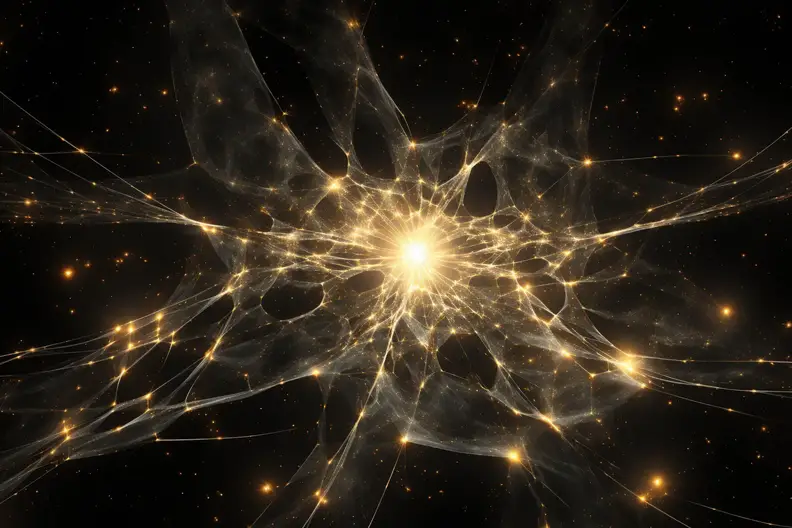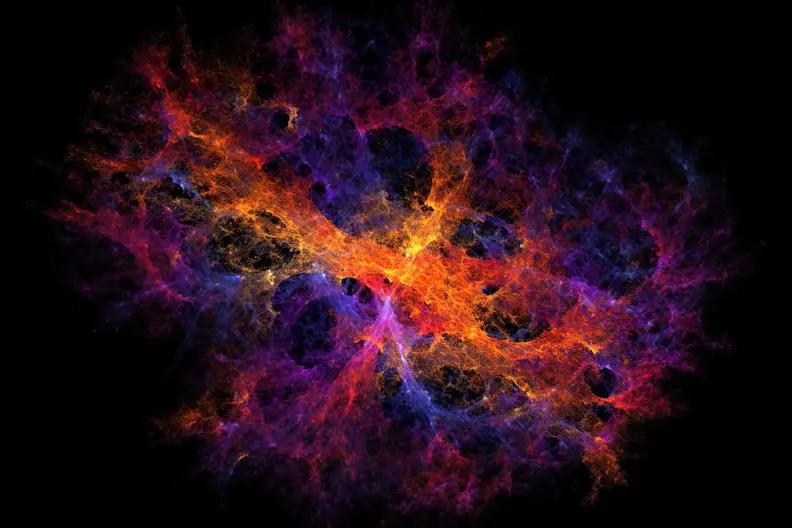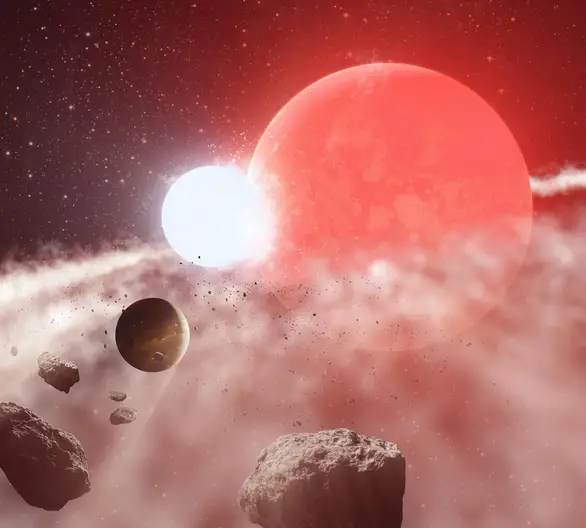Cosmic paradigm shift: New research doubles age of universes to 26.7 billion years
A new study suggests that the universe may be 26.7 billion years old, nearly double the widely accepted age of 13.7 billion years. The new model, which incorporates Zwicky’s tired light theory and Dirac’s evolving coupling constants, could explain the existence of small mature galaxies that formed just 300 million years after the Big Bang … Read more





